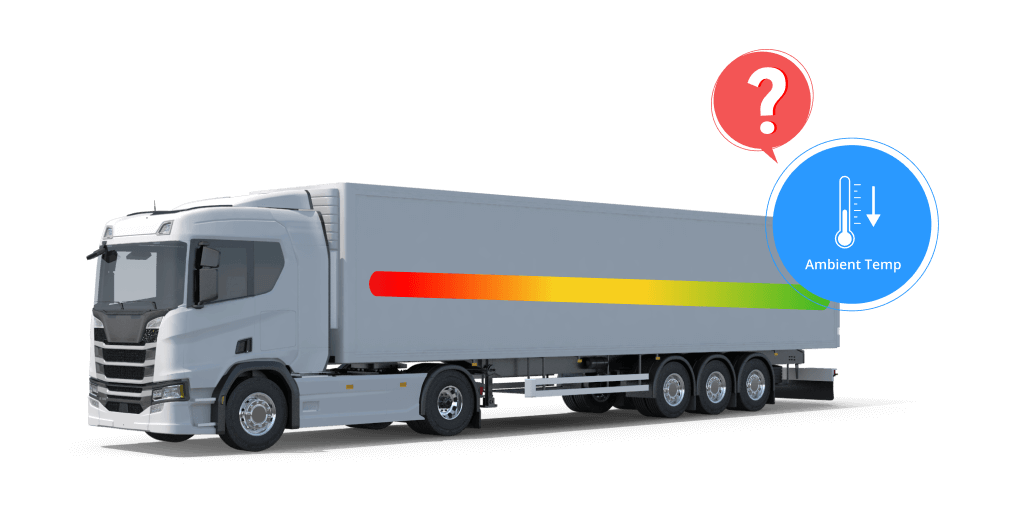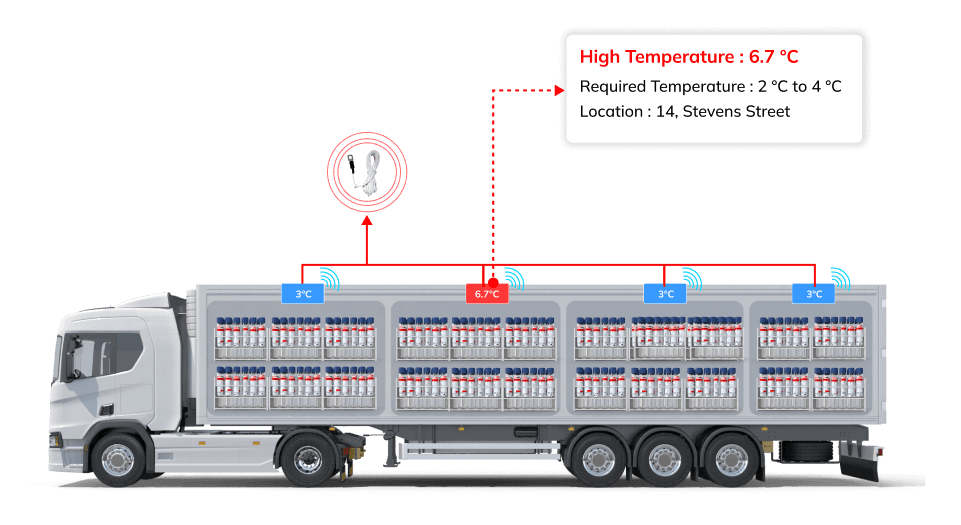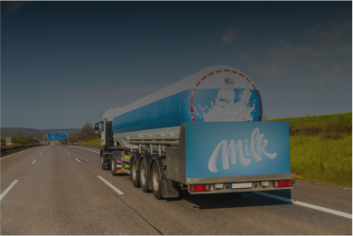The transportation of pharmaceuticals is a highly regulated process, as these products often require controlled temperature environments to remain stable and effective. Temperature sensors are crucial in monitoring and recording the conditions that products are exposed to during transit. These sensors provide real-time data and alerts to ensure that any deviations from the required temperature ranges are promptly addressed, thereby safeguarding the quality of the pharmaceuticals.
Introduction
Challenges
- Temperature Excursions: The most significant challenge is preventing temperature excursions, which can compromise the safety and effectiveness of pharmaceutical products. These excursions can occur due to various factors, including changes in external weather conditions, refrigeration failures, or improper handling during transportation.
- Logistical Complexity: The pharmaceutical supply chain involves multiple stages, including storage, handling, and transportation through various climates and regions. Ensuring consistent temperature management across these stages is complex and requires precise coordination.
- Regulatory Compliance: The pharmaceutical industry is subject to stringent regulations regarding the transportation and storage of products. Compliance with these regulations, which often vary by country or region, adds another layer of complexity to the transportation process.
- Data Management: Collecting, storing, and analyzing the vast amounts of data generated by temperature sensors can be overwhelming. Ensuring data accuracy and integrity for compliance and quality assurance purposes is critical.
Challenges

Solution
- Advanced Temperature Monitoring Systems: Utilizing state-of-the-art temperature sensors and monitoring systems enables real-time tracking of environmental conditions. These systems can alert logistics managers to potential issues before they result in product damage.
- Integrated Logistics Solutions: Implementing an integrated approach that combines temperature-controlled packaging, logistics management software, and quality control procedures can streamline the transportation process, ensuring that all stages meet the required temperature standards.
- Regulatory Compliance Tools: Leveraging software and tools designed to ensure and simplify regulatory compliance helps companies stay up-to-date with the latest regulations and standards, reducing the risk of non-compliance.
- Data Analytics: Advanced data analytics platforms can process and analyze the data collected by temperature sensors, providing insights into potential improvements in the logistics process and helping to prevent future temperature excursions.
Challenges

Results
The use of temperature sensors in the pharmaceutical transportation industry has led to significant improvements in product integrity and compliance with health regulations. These include:
- Reduced Risk of Product Loss: Effective temperature monitoring and management reduce the risk of product degradation due to temperature excursions, saving companies significant costs in lost products and re-shipments.
- Enhanced Regulatory Compliance: Real-time temperature monitoring and data logging capabilities ensure that pharmaceutical shipments meet all regulatory requirements, minimizing the risk of fines and product recalls.
- Increased Consumer Safety: By maintaining the efficacy of pharmaceutical products throughout their transportation, temperature sensors play a crucial role in ensuring that consumers receive safe and effective medicines.
Related Use Cases


